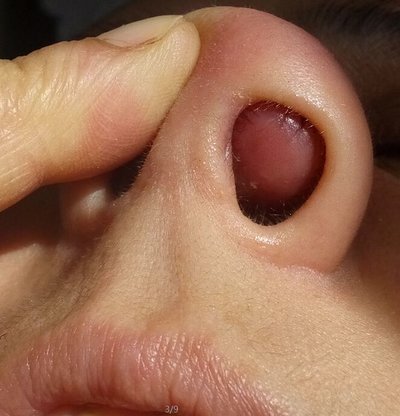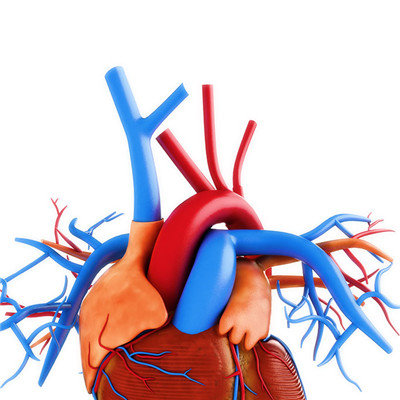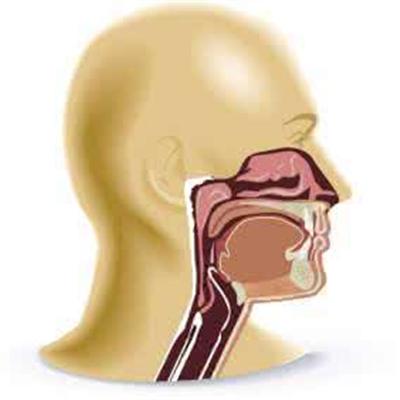Is esophageal carcinoma in situ a precancerous lesion
summary
Esophageal cancer can be divided into primary esophageal cancer and secondary esophageal cancer. However, the development of esophageal carcinoma is divided into three stages: epithelial dysplasia, carcinoma in situ and invasive carcinoma. Let's talk about whether esophageal carcinoma in situ is a precancerous lesion.
Is esophageal carcinoma in situ a precancerous lesion
First: precancerous lesions, that is to say, have not yet progressed to cancer. If they continue to develop, they will become cancerous. Carcinoma in situ is an early stage cancer without metastasis, and the focus is very small. Cancer in situ and precancerous lesions are often treated by surgery, and active surgical treatment is very promising to achieve curative effect.

Second: carcinoma in situ generally refers to the atypical hyperplasia (severe) in the epithelial layer of the mucosa or skin epidermis, involving the whole layer of the epithelium, but not invading the basement membrane and infiltrating downward. For example, carcinoma in situ of the cervix, esophagus and skin. However, precancerous lesions do not develop into cancer. If they develop further, they may transform into cancer.

Third: after decades of research, we found that severe hyperplasia of esophageal epithelium is the main manifestation of precancerous lesions of esophageal cancer. Esophageal precancerous lesions include chronic esophagitis epithelial atrophy cell dysplasia. In the high incidence area of esophageal cancer in China, cytological examination of feeding tube epithelial cells was used to diagnose precancerous lesions.

matters needing attention
Patients with esophageal cancer will have a series of adverse symptoms such as retrosternal pain, throat dryness, and food retention will produce infection. Patients with esophageal cancer can be treated by surgery or radiotherapy.














